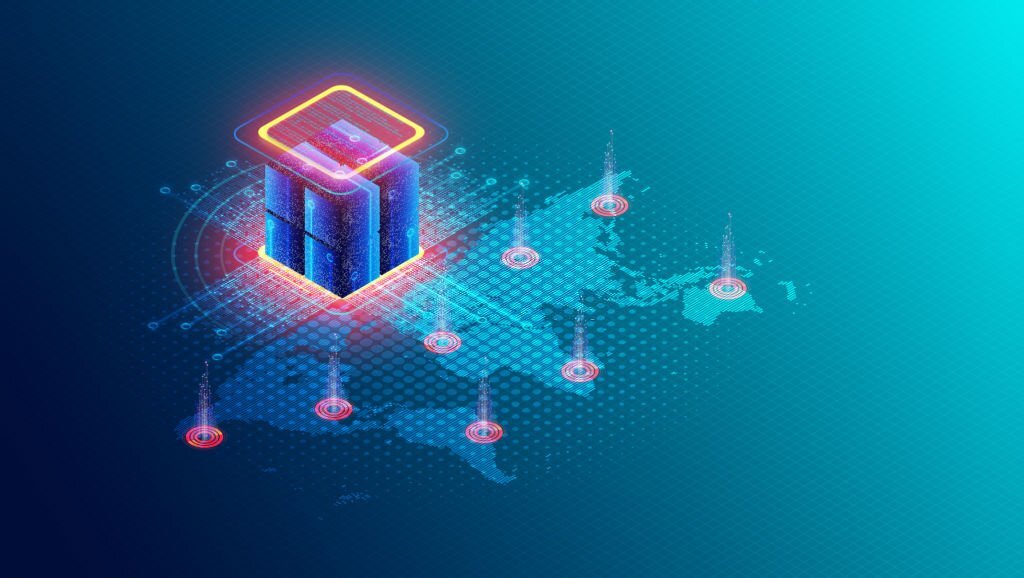Parallel computing refers to the execution of multiple tasks or processes simultaneously, with the goal of improving computational efficiency and performance. In parallel computing, tasks are divided into smaller subtasks that can be executed concurrently on multiple processing units, such as CPU cores or GPUs. This approach contrasts with sequential computing, where tasks are executed one after the other.
Parallel computing is utilized in a wide range of fields, including scientific simulations, data analysis, machine learning, and more. It offers several advantages:
- Faster Execution: By dividing a task into smaller parts and processing them concurrently, parallel computing can significantly reduce the time required to complete computations.
- Large-Scale Data Processing: Parallel computing is essential for processing massive datasets quickly and efficiently, which is crucial in fields like big data analytics and scientific research.
- Complex Simulations: Parallel computing enables complex simulations and modeling tasks, such as weather forecasting, fluid dynamics, and molecular simulations, to be executed more efficiently.
- Real-Time Applications: In some cases, parallel computing is necessary to achieve real-time performance, such as in video rendering, gaming, and autonomous vehicles.
Parallel computing can be implemented using various techniques and paradigms:
- Shared Memory Parallelism: In this approach, multiple processing units share a common memory space. Threads or processes can communicate by reading and writing to shared memory locations. However, managing shared memory can be complex and may lead to synchronization issues.
- Distributed Memory Parallelism: In this approach, processing units have their own private memory and communicate by passing messages. This is commonly used in clusters of computers or in supercomputers.
- Task Parallelism: Tasks are divided into smaller units of work, and multiple tasks are executed concurrently. This approach is often used in applications where tasks have different execution times.
- Data Parallelism: Data is divided into smaller segments, and each processing unit operates on its assigned segment simultaneously. This is often used in parallel processing of arrays or matrices.
- GPU Computing: Graphics Processing Units (GPUs) are designed to handle parallel computations, especially for tasks involving large amounts of data, such as machine learning and graphics rendering.
- Parallel Algorithms: Specially designed algorithms can take advantage of parallel processing to solve problems more efficiently.
It’s important to note that not all tasks are suitable for parallelization, and the effectiveness of parallel computing depends on factors like the nature of the problem, available hardware resources, and the efficiency of the parallelization strategy. As technology continues to advance, parallel computing remains a critical tool for achieving high-performance computing and addressing complex computational challenges.
